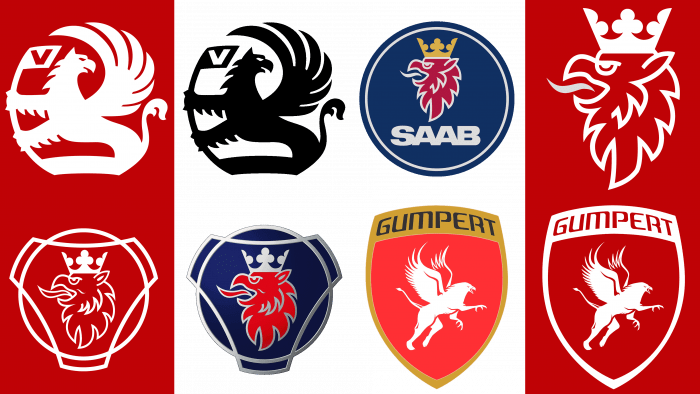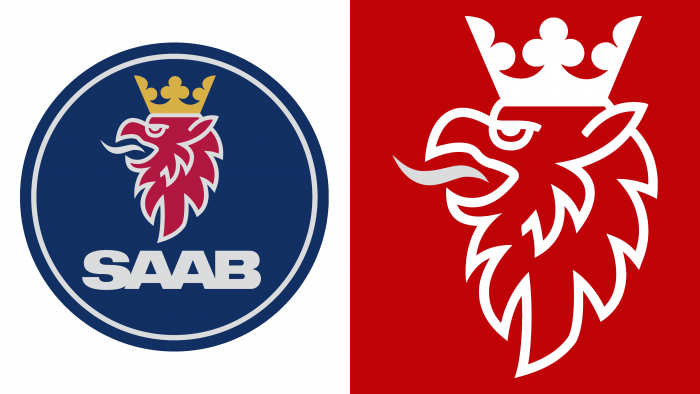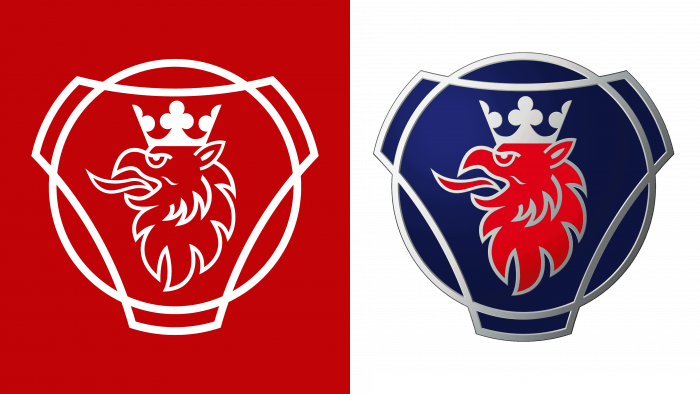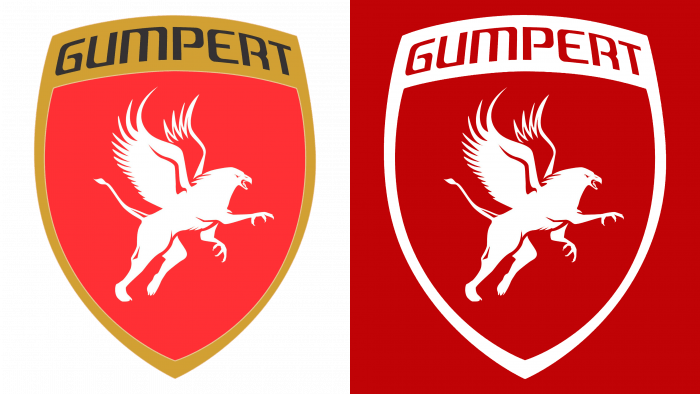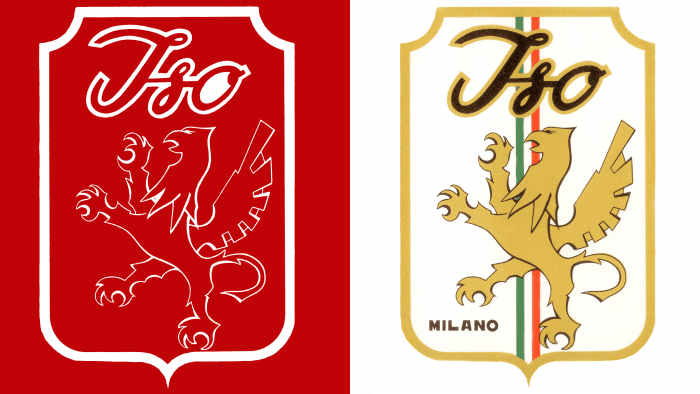Animalistic motifs in automobile brand logos are a kind of classic. Therefore, they are often used and help to convey to potential customers the meanings that the company lays down. In the past, logos were perceived simply as part of a company’s recognizable visual image. Today, it is a powerful means of communication with the client and an important element of reputation management.
The image of a griffin in a logo can be explained for several reasons:
- First, in the historical and cultural context, each animal is associated with a certain character and “set of meanings.” The lion, as the king of beasts, indicates the company’s readiness to defend its leadership position in the market. Eagle is associated with the sense of flight, which is especially close to lovers of quality cars. If we turn to mythology, it is worth noting that the griffin is a mythical creature with the head of an eagle and the body of a lion. When the image of the griffin is used in corporate style, they want to emphasize strength and high status because the eagle is called the king of birds, and the lion – is the king of beasts.
- Secondly, most animals in people’s minds are associated with thoughts of speed, agility, endurance, fearlessness, and the ability to survive. Such symbolism is quite appropriate for an automobile brand because a good car should also be enduring and maneuverable.
Let’s consider popular automobile brands that used the image of a griffin in their logos.
Vauxhall
This British company, headquartered in Bedfordshire, was founded by Alexander Wilson in 1857. The company specializes in the production of passenger cars and small commercial vehicles. However, there was a period in the company’s history when it also produced buses and trucks.
For more than two decades, the company held the position of the second-largest car manufacturer in the UK.
The brand’s logo has changed at different times in its history. For example, when the next version of the logo redesign appeared in 2008, the company’s managing director, Bill Parfit, said that the new logo conveyed respect for more than 100 years of the brand’s history and carried a renewed philosophy.
The brand’s circular emblem features a griffin. It is based on the coat of arms that belonged to Faulk de Brault. In the XVIII century, this soldier-mercenary for outstanding services Faulk to the monarch received the estate of Luton. The house built by the soldier became known as Vauxhall. Borrowing the plot of this emblem, Vauxhall wanted to emphasize its connection with the mentioned surroundings.
Inside the circular emblem, we see the image of a griffin holding a flag with the company name capitalized. It looks powerful and confident.
Saab
This Swedish company, headquartered in Trollhättan, was founded in 1937. Unfortunately, the company ceased to exist in 2012. During its active activity, the company produced famous cars characterized by high quality, reliability, and endurance. And the Saab emblem itself became one of the most recognizable in the world of cars. The emblem is taken from Count von Schein’s official coat of arms.
The round blue emblem shows a red griffin with white outlines. His image is arranged in profile. On the head of the griffin is a crown. If we return to the symbolism of this animal, which was mentioned above, the crown gives it a regal status and indicates the great ambitions of the company. A golden hue was chosen for the crown. The combination of blue, red, white, and gold colors in the emblem looks very elegant and creates the right contrast. The company’s emblem turned out to be stylish, original, and recognizable.
Scania
The company was founded in 1891 and still exists today. Its main specialization is the production of trucks and buses. The company also produces engines for general industrial and marine applications. The logo shows the same griffin as in the previous case, which is not strange because both companies are representatives of the Swedish automotive industry.
The only difference between the two logos is some nuances in outlines. In general, their concept is identical. Its author is Carl Fredrik Reiterswerd. This is a famous painter and sculptor from Sweden.
Gumpert
The history of this car brand began relatively recently – in 2004. Its founder is Roland Gumpert, who is also the former director of Audi. The headquarters of the German company is located in Altenburg. The brand is known for its high-speed Apollo cars and has broken several records, which no other car in this segment has achieved so far.
If you consider the characteristics of such cars, it is quite understandable why the powerful meaning of the mythical griffin bird was on the emblem of the brand. Today, the company is working to expand exports, and its cars are sold in Europe, the United States, and the Middle East.
The griffin on the emblem seems to be repulsed and preparing to either take off or scatter. This competitiveness is understandable in the context of Apollo’s record-breaking cars. At the same time, it may suggest that the car is ready to meet the demands of its owner and not let him down on the road.
ISO
The company, founded by Renzo Rivolta, existed from 1953 to 1974. It specializes in the production of cars and motorcycles. The Isetta is a legendary car that made the brand particularly successful and recognizable in its time. But despite the ups and downs, the company could not last long on the market.
The golden griffin is depicted on the logos of that time. Today, it looks unconventional and vintage. In general, the logo looks like a coat of arms. This suggests that the company’s management probably wanted to develop it on a large scale. Unfortunately, this did not happen, and the company failed to become a carrier of advanced technologies and traditions that would be relevant today. Nevertheless, it left a bright mark in its field. And no less interesting logo.
